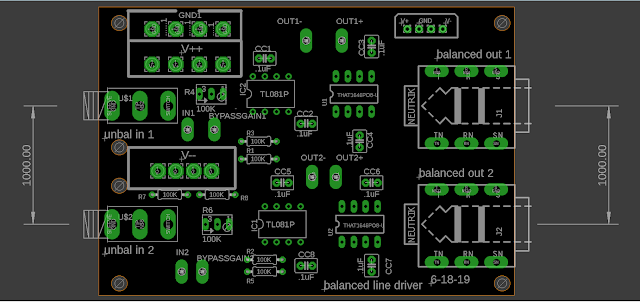Hello Again: this time I'll be writing about the "new look and feel" VBB. It makes getting Arduino projects going on easier than before and as I see it, easier is always good.
You can only get the new VBB app from the Microsoft Store as far as I can tell (and yes, it only runs on Windows). So: Sign up and give 'em the big data.
Link to get the app at the MS store for the new VBB is here. Sorry Mac and Linux users, dig out that crappy Windows 10 laptop, throw some Mutable stickers on it, get on over to Starbucks, and get with it.
Cuentas? The new VBB offering is free from the MS store, and freebee is usable right out of the box--unlike VBB 6.0.x the for-free version includes a working Ardiuno Duo SIM. Yeh!
To get the tired but mandatory blink LED going, follow the tutorial here. But I can make it even quicker:
- create your Arduino virtual breadboard with an LED in D13 and power it on
- load up the example > basic >"Blink" sketch from Arduino IDE (yes you have to use an Arduino IDE outside of VBB still),
- compile your sketch to hex (export > export compiled Binary)
- Find your export (sketch > show sketch folder would be one way)
- drag the hex file over the Arduino in the SIM.
- Blink away!
If you change your code, same as VBB 6.0.8: you don't have to power off your SIM and restart it. Copy the new hex over the Arduino SIM icon and changes are seen pretty much immediately. Yeh!
But other than this blog, what is really free? For an extra $30 a year you get more cool VBB components, like a (possibly indispensable) terminal for debugging Arduino using serial.begin() type code, a square wave function generator, a very cool function creator (still want to do a post just about that!) and some other new features I've not gotten into yet.
So with that in mind let's get to some AudioDIwhY.....goes like this: Over the next few weeks I am going to simulate then build a gate delay circuit for modular synthesis. Update--fabbed, stuffed, and works, see post here.
This is something that could be done with 555 chips or whatever, but as far as low parts count, nothing will beat an Arduino for on-off things like this, right?
 |
| SIM of my Gate Delay |
Here's the idea: a gate signal is delayed with the "DELAY" pot from in to out, and its length at output is determined by the setting of "LENGTH". So far this is all pretty easy 555-chip stuff.
But here's what's a bit trickier maybe: there are switches that follow or ignore the incoming gate off status and start things over as needed. So if you are in the middle of a delay, the EOGD switch is set to follow, you have nothing at Gate out, and the input gate signal suddenly goes low, the circuit starts over.
Same if you are in the middle of a delayed gate, whose length is determined by the LENGTH pot. In follow mode, as soon as the gate goes low, everything starts over and waits for a new gate signal no matter what. In ignore mode, whatever is happening with Gate off is ignored.
The whole idea is to provide more flexibility with how gate-offs are handled.
How will this sound with real gates, EGs and what not? I have no idea, but I need some gate delays for my modular rig and am not sure there are any others out there quite like what I describe here.
Let's get coding! Instead of winging this, I drew up a logic chart (click on the full size version below)
I'll be referring to that as I program the SIM. There may be mistakes....
And one last thing: the new VBB has a lot of the same shortcomings (features?) of version 6.0.8. This is still primarily an digital only sim, so things like this simulated DVM in this "analog" setup won't work:
But if you monitor an Arduino analog port it will:
Update 10-12-19: I have the gate delay sketch working on the bench. Part II is here.
Up next: I am sending boards for a 3340 based VCO off to fab soon, so while I'm waiting for that I'll try to write some code for the gate delay and post it. For clarity I probably won't use "pure C" which you can read about here, but who knows. Until the 3340 boards come back: No fumes!























